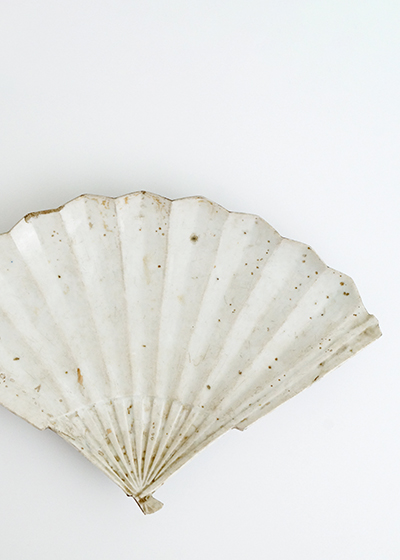Onohara Tea Wholesaler was founded by Eitaro Onohara in 1947, and is now inherited by third generation Eishin Onohara. Even if the generation changes, it is important to have the trust of the producers that we have cultivated over many years.
We often visit the tea plantations and carefully examine high-quality tea leaves while checking the growth of tea with our own eyes. Each tea leaf also has its own characteristics; taking advantage of the individuality and flavor of tea, we will carefully process it at our own factory.

